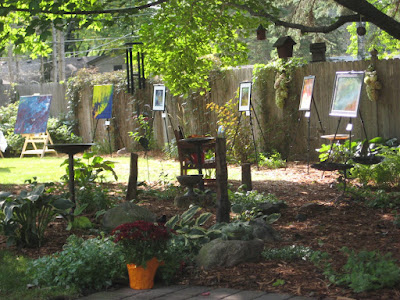Like any living, breathing organism, cities grow and thrive and then begin to fade over time. It’s an evolutionary process that can take decades or just a couple of years. Rebirth can come in many forms and functions. Then the rebuilding process begins all over again, completing the life cycle of a city.
I read a fascinating book on the city of Detroit recently. It was a snapshot of a period from roughly fall of 1962 to spring of 1964. The author claims that period was probably the high point, the zenith of most everything we associate with that once great city. Automobiles, Motown, etc. were all destined to be reshaped, revised and reimagined in coming years.
It got me to thinking about the past twenty years when I started out as a sometimes visitor to Palm Springs and eventually evolved into a part-time resident. Palm Springs has also gone through its own metamorphosis and evolution as time gradually erased most vestiges of old Hollywood, welcomed a much larger gay population and then invited in the cool hipster set from the coast.
In its heyday, L.A. had its Sunset Strip, Chicago, its miracle mile and Detroit, its automobiles and Motown. Now Palm Springs has done them one better with its own small-town village atmosphere cloaked as a 21st century hotspot. Throw in a summer splash party or two and it’s become a poor man’s version of ‘Caligula’ for the masses…as long as they’re preferably under thirty years of age.
Back in its glory days, Palm Springs was a classic example of heightened expectations clashing with the reality of desert star gazing. In reality it was only the well-heeled or coastal-connected that got to hang out with the stars. For the average visitor, Palm Canyon Drive was just a welcome respite from the normalcy back home even while it harbored high hopes for seeing one of their favorite stars passing by on the sidewalk. Over the last several years, even before Covid, Palm Springs had slowly begun to regain its panache.
Palm
Springs is now fast becoming just about the hippest hot spot this side of
Brooklyn, Silver Lake and West Hollywood. West Coast hipsters, designers,
remodelers, artists, musicians and actors are all rediscovering what their
forefathers knew all along. They’re finding that wrapping those warm blue pools
with a healthy shot of alcohol can bring out a hedonistic nature in the best of
us.
There is still something magical about the surrounding mountains, desert scape, warm winter months and hip happenings all over town. Palm Springs is now a virtual cornucopia of cultural, artistic, sensual, musical and intellectual stirrings for just about everyone from the art culture types to the more modest of minds. It all seems to be happening here.
It’s a new era for Palm Springs and I’m lucky enough to be ‘cruising along’ in the middle of it.
The beltway surrounding both cities used to be the demarcation line between city neighborhoods and the suburbs. Now second, third and even fourth tiered communities spread out in a fan around both core cities.
Then in the late eighties, a gradual shift in population began from the suburbs back to the cities. The golden horizon, that was once the suburbs, had become too distant for many and commuters tired of their daily grind into the city. At that point, older long time neighborhoods began to grow a sheen of their own and began to attract young couples eager to raise their kids in the cities.
This was partnered with a growing interest on the part of younger generations to embrace what their parents and grandparents had left behind. Whether it meant easy access to transportation, commerce, jobs, education, and other amenities, they found it nearby instead of over the horizon.
Closer to home, Apple Valley has also grown up and out over the years. The initial concept of mini town centers changed to a central core of businesses and amenities surrounded by new as well as original neighborhoods.
Apple Valley is a third ring suburb that has matured and slowed its growth just as its neighbors to the east, Rosemount, and the south, Lakeville; continue their expansion because of available land for development.
While
Sharon and I weren’t here at its inception, we’ve been a part of the Apple
Valley scene since 1977. That was less than ten years after it was incorporated
from Lebanon Hills Township to the city of Apple Valley. We witnessed the
transformation of farm fields to housing, an old airport to a Super Target,
city hall moving twice, a gravel pit into a Regional County Government Center
and too many other civic metamorphosis to count.
In a very real sense, we are the second generation following the pioneers who farmed the crops and sold their farms to the developers. Like my old Saint Paul neighborhood and Sharon’s farm down in Wabasha, we left our birthplace behind for the horizon ahead and never looked back. Along the way, it’s been an education watching our hometowns and the world change and evolve around us.
















1 comment:
Your blogs are all insightful.
Post a Comment